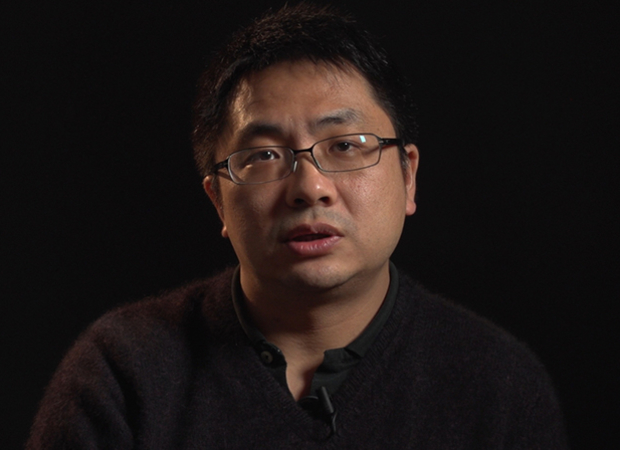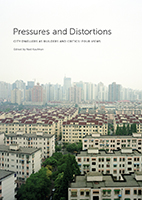Poor Accommodations
The Struggle for Affordable Housing in Shanghai and Shenzhen
Decades of unprecedented economic growth have affected the lives of more than a generation of mainland Chinese and reshaped the urban structure of cities. China has become one of the most exciting and permissive places in the world to practice architecture.
From 2009 to early 2010, Marcel Baumler and I conducted research in China with the support of a Rafael Viñoly Architecture Research Fellowship, which is run by a New York-based architectural firm, Rafael Viñoly Architects, PC. Our project was an attempt to better understand how cities and people in China adapt to rapid urban change by looking beyond China’s impressive growth figures and statistics. Our research focused on housing in Shenzhen and Shanghai, two cities with distinct urban development models that have been replicated elsewhere around the country. Photography was an essential research method for the project.
Shanghai and Shenzhen are representative of many cities that face intense competition for land. An increasing need for affordable housing confronts demands for market-oriented housing projects.
In the series of photographs in Shenzhen, migrant workers struggled with the rising cost of living and a shrinking pool of affordable housing, forcing them into ever more improvised housing arrangements on formerly collectively-owned land, which, over time, have coalesced into a number of “urban villages.” In Shanghai, long-term residents made do in barely habitable dwellings—ironically located in the prime location of the city center—as they waited in desperation for their homes to be demolished so that the government would relocate them to the suburbs.
Much has already changed for the people I photographed. In August 2009, Mr. Li and his family moved into a single 25-square-meter room in a formal residential compound for which they paid the same amount of rent—RMB 1,200 per month—that had allowed them to have a two-bedroom apartment in Gangxia West Village.
Books
03.22.13

Pressures and Distortions
In 2010, one year after I photographed the residents in Lanes 1289 and 1290 West Yan’an Road, Lane 1290 remained the same and Ms. Ding continued to live there. Under increasing pressure from the residents in Lane 1289, the Shanghai government, which wanted to avoid social unrest during the Shanghai Expo, began to demolish the neighborhood and most of its residents moved to the suburbs. But after the Expo, the demolition and relocation ceased and residents of Lane 1289 who haven’t been relocated remain there now surrounded by their partially demolished neighborhood.
—Hai Zhang



